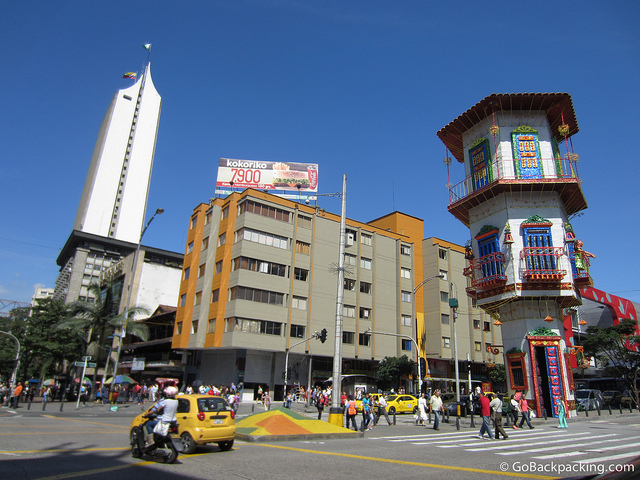
Looking at the wider skyline of Medellín, there are few truly distinctive buildings on the horizon. The one major exception to that would be the Coltejer Tower.
Since its completion in 1972, the Coltejer Tower was that structure that was most often symbolically identified with Medellín, at least up until the construction of the Medellín metro system.
The Coltejer Tower stands at 574 feet (175 meters) and 36 stories and is the tallest building in Medellín, and the fourth tallest in Colombia.
It was designed to resemble an industrial sewing needle–thus the gradually tapering shape, pointy crest, and even the hole near the tip where one would thread the needle.
The structure was completed as the headquarters for the Coltejer textile company, the largest textile company in South America and one of the most important companies in Colombia.
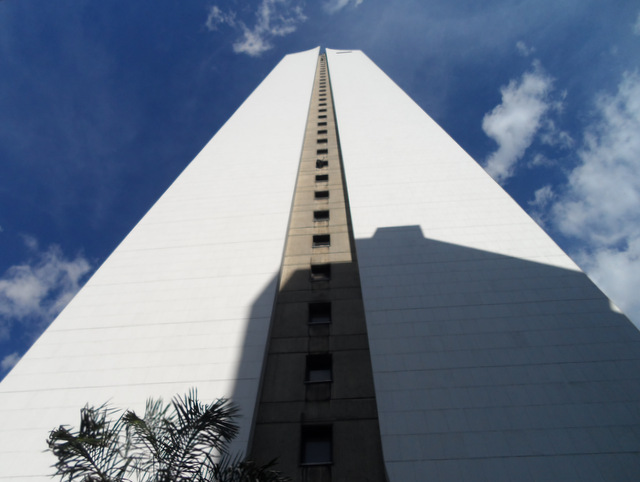
The Coltejer textile company was started by Alejandro Echavarría, a prominent businessman and industrialist, who imported discarded looms from the United States during the Great Depression to expand his business.
Echavarría was also intimately involved in the exportation of coffee in addition to the importation of other goods.
The company annually processes more than 30,000 tons of cotton fibers, polyester, linen and nylon, with 186,776 spindles producing 100 million square meters of fabric.
The company has struggled in recent years to respond to the growing import of cheap textiles from Asian markets and the government has taken some protectionist measures.
It was individuals like Echavarría and his company which brought Medellín to the forefront of the industrial revolution in Colombia.
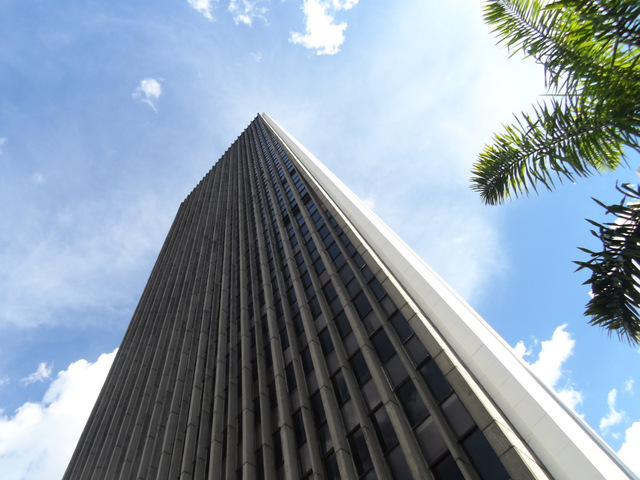
To this day Paisas are renowned for their business acumen, negotiation skills, and the level of development and progress they have achieved in Colombia.
An interesting side note is that the Echavarría Family is also tied to another prominent attraction in the city: El Castillo, the French-inspired castle overlooking the city from Poblado.
Echavarría’s son, Diego Echavarría Misas purchased the castle in the 1940s to serve as his family home.
Unfortunately, a series of tragic occurrences befell the family, including the death of their young daughter to a rare disease, and Diego’s kidnapping, purportedly orchestrated by Pablo Escobar, and eventual execution at the hands of his kidnappers.
The Coltejer Tower makes for a great reference point when traveling around Centro as it can be seen from virtually everywhere.
If you ever get lost, just find an open vista in the street and find the tower.
Located only a few blocks east of the popular Plaza Botero and the Museo de Antioquia, the tower also sits at the base of the popular pedestrian shopping area, Junnin Street, and just half a block from the delicious Astor Repostería.
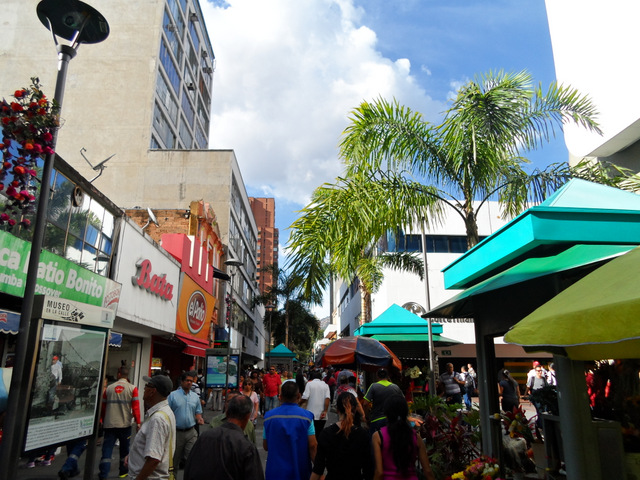
The Coltejer Tower also sits near the Teatro Pablo Tobón Uribe, the oldest theater in town, and near Avenida Oriental where one can find buses and transportation options to virtually any part of the city.
Unfortunately, there is no public access to the building or observation decks, which is too bad as I am sure it would make for a compelling tourist attraction and vantage point.
Given the lack of public access and the Paisas general disregard for “old” things like Coltejer, it may have lost some of the luster and high regard that it once held.
Nonetheless, Coltejer Tower remains an iconic piece of architecture and the most distinctive skyscraper in Medellín.
No visit to Medellín would be complete without a visit to Centro, and no structure provides a better point of reference than the looming Coltejer Tower.
You can reach the base of Coltejer Tower by walking a few blocks east from the Plaza Botero metro station.



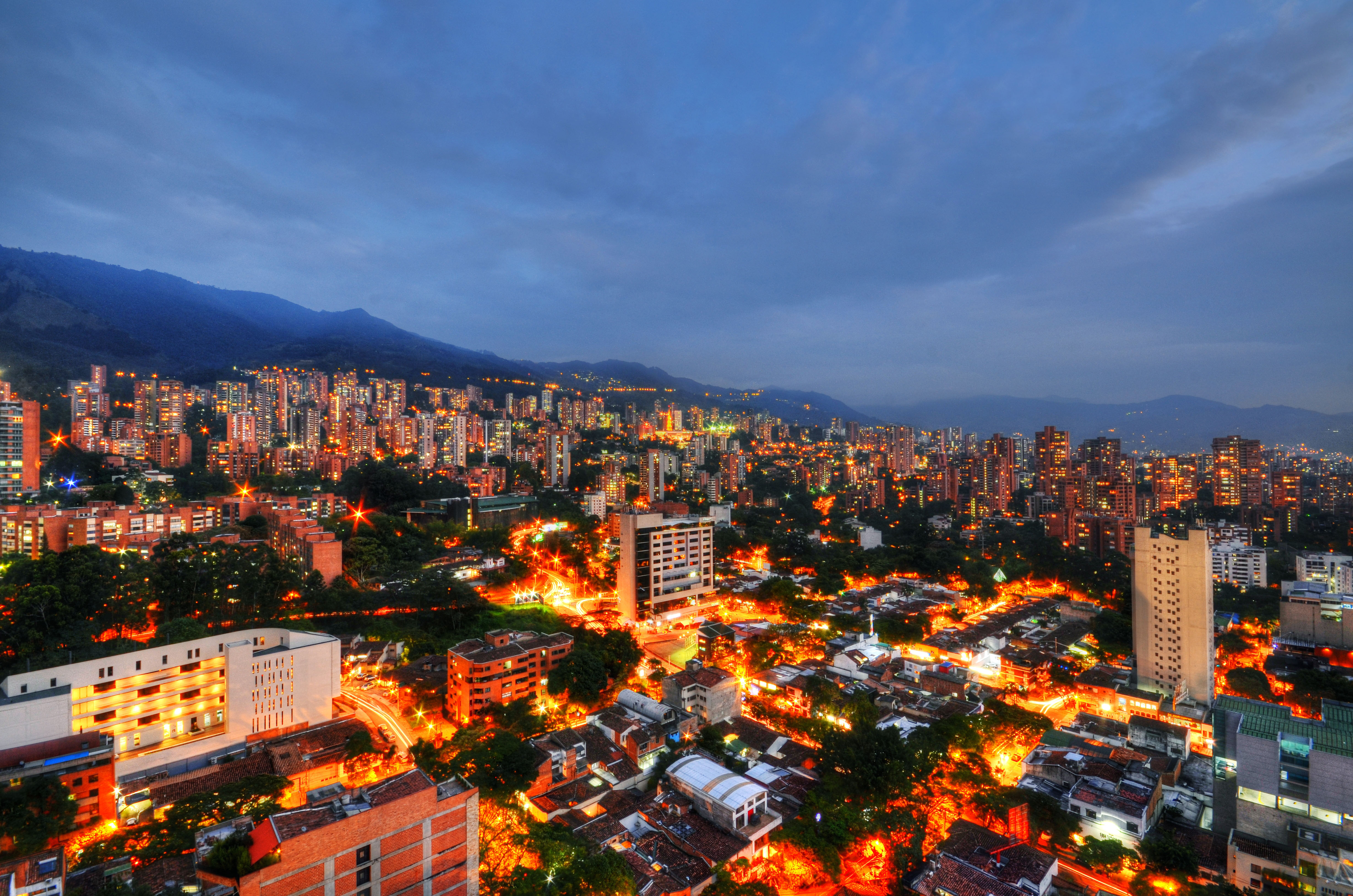








Interesting that you mention the Diego Echavarria kidnapping. Mark Bowden highlights this incident in his book titled “Killing Pablo.” Apparently, Diego was despised by the common folk in Medellin, and his death immediately elevated Pablo’s status among the lower classes. Even though Diego’s family paid his ransom, Pablo still had him killed in order to shore up his image.